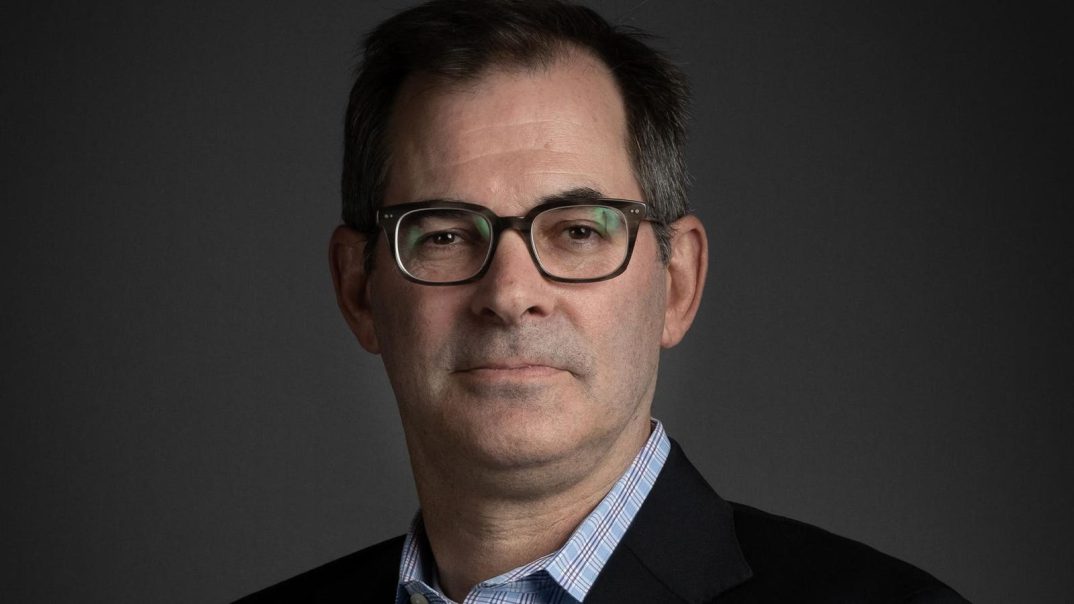When the AI frenzy created a chip shortage that left companies scrambling for computing power, a new type of cloud startups emerged to sell it to them.
By Rashi Shrivastava. Forbes Staff
In 2017, CoreWeave’s cofounders unknowingly hit the jackpot. They’d amassed racks upon racks of an Nvidia chip for which there would be insatiable demand five years later, as artificial intelligence went mainstream.
While Michael Intrator, Brian Venturo and Brannin McBee, commodity traders at the time, had initially purchased hundreds of GPUs for mining cryptocurrency, by 2019 they had pivoted the company’s infrastructure to provide outside computing power to companies that needed it — for 3D animation, for drug discovery efforts and increasingly, artificial intelligence.
So when the launch of OpenAI’s ChatGPT in late 2022 set off a land grab for those Nvidia chips which had become the crown jewel of AI model training, CoreWeave was fortuitously positioned. Having access to an abundance of “compute”— hardware that is used to process data and perform calculations — has become table stakes for anyone looking to meaningfully compete in the AI race. These days, even individual investors and institutional VC firms are stock-piling chips to help kickstart AI development for the startups they work with.
With startups scrambling to purchase those hard-to-find and wildly expensive GPUs, companies like CoreWeave, which essentially rents access to them, became invaluable. The company’s meteoric rise is best reflected in its numbers: It has raised $12 billion in a mix of debt and venture financing over the past 12 months alone, with its valuation ballooning from around $2 billion in May 2023 to $19 billion today. It projected booking $2.3 billion in 2024 revenue, according to The Information. Now, it’s rapidly expanding its global footprint, going from three data centers in 2022 to 28 across countries like Spain and Sweden by the end of 2024.
“The demand has overwhelmed us— it has overwhelmed the cumulative capacity of the cloud infrastructure,” CoreWeave CEO Mike Intrator told Forbes.
CoreWeave headlines a group of cloud companies that aim to meet the unique infrastructural demands of AI builders while holding their own against cloud incumbents like Google, Amazon and Microsoft. And in reaping the rewards of a newly-created AI economy, CoreWeave has landed at No. 29 on this year’s Forbes Cloud 100 list, a ranking of the world’s top private cloud computing companies — making it the highest-ranked newcomer of the year.
Lambda, No. 84 on the Cloud 100, has also found success providing AI startups like video generation company Pika and enterprise startup Writer with the thing they need the most: massive clusters of chips. And other, smaller companies are tapping into the trend too, like unicorn startup Together AI, which is building an open-source infrastructure for generative AI model development.
Like CoreWeave, Lambda didn’t start out by providing GPUs to AI startups. Cofounders Stephen and Michael Balaban only realized the need for affordable and readily available “compute” after launching Dreamscope in 2015, an app which let people upload their photos and used AI to recreate them in different artistic styles. While the app didn’t make money, it did produce a $40,000 bill from cloud provider Amazon Web Services, prompting the company to build their own GPU clusters.
By 2017, the company had transitioned to selling that hardware and found willing customers in academics doing machine learning research. That switch set Lambda up for the impending gold rush. Today, it’s valued at $1.5 billion and clocked some $250 million in revenue in 2023. “When ChatGPT came out, it was all about training. Every other company was trying to come up with a …model. And they were spending massive amounts on R&D,” Mitesh Agrawal, Chief Operating Officer at Lambda told Forbes. “We were like, ‘this is an actual huge curve of adoption coming through.’”
That curve could soon flatten. The GPU supply shortage peaked in late 2023, Sequoia partner David Cahn wrote in a recent blog post. Access to “compute” has become relatively easy and with multiple players providing infrastructure for AI, “GPU capacity is getting overbuilt” and these chips are quickly becoming commoditized, he said.
Core to this business model has been strategic ties and partnerships with Nvidia, the almost $3 trillion behemoth whose best of breed hardware has been crucial to advancements in generative AI. While Nvidia also provides its chips to cloud giants like Amazon Web Services and Google Cloud, which operate thousands of data centers with large-scale computing power, it is building out an ecosystem of distributors like CoreWeave (in which it has invested some $100 million) and Lambda.
These companies, which can provide much more flexibility than the cloud heavyweights, are targeting smaller customers. Many AI developers need clusters of chips on-demand, purchasing compute only for a couple of weeks while building or training an AI model. Companies like Google and Amazon often demand clients commit to year-long or multi-year contracts, Agrawal said, which could lead to hefty bills and wasted computational resources. Cloud-based compute providers, on the other hand, rent out Nvidia H100s on a pay-as-you-go basis at an hourly price rate ranging from roughly $2.5 to $5 per GPU. And while giants like Amazon host a broad array of applications and services across sectors like healthcare, retail and finance, CoreWeave and its ilk are specifically designed for AI use cases.
We’re creating “better environments for consuming this type of compute than what you would find in a cloud that was built to support every single possible use case,” CoreWeave’s Intrator said.
“I’m not going to store your photos, I’m not going to host your website. That’s not what we built. And there are many, many clouds that do a wonderful job of supporting those types of uses,” he told Forbes. “What we did is we said, ‘Hey, there’s a new and emergent way that compute is going to be used in the future. What are they going to need to be as successful as possible?’”
MORE FROM FORBES





